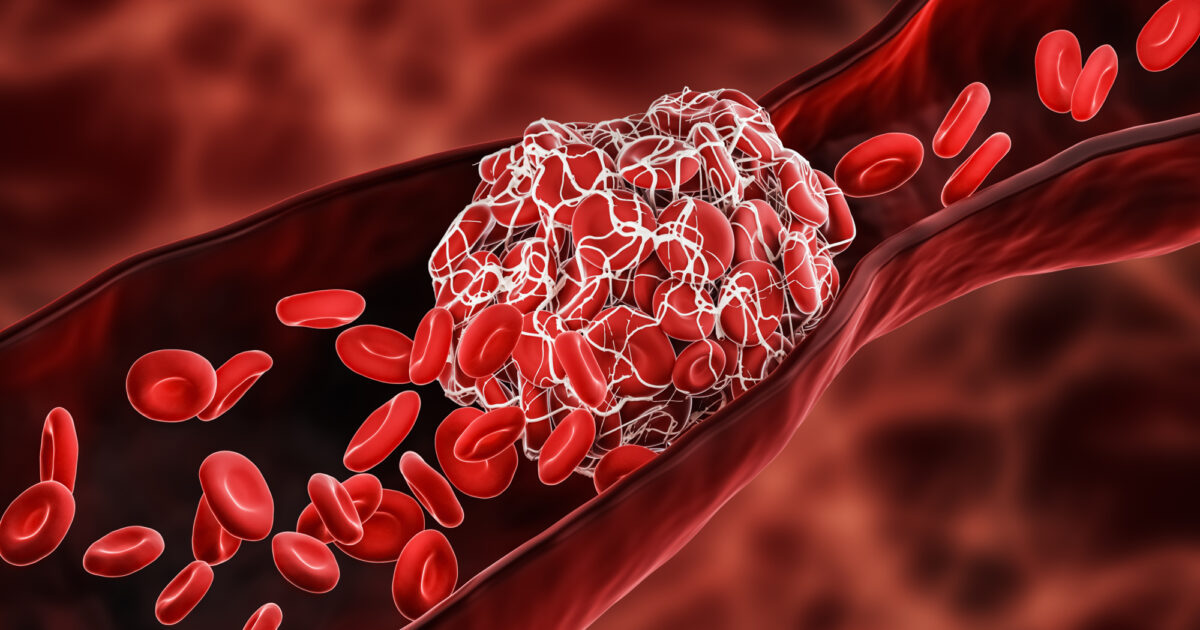We’ve all heard about them: a blood clot, but do we really know what it is, how it’s caused and how we can recognize it? Blood clots are a very common medical condition in the United States. They happen around 900,000 times each year. Sadly, these clots can be deadly, causing thousands of people to die from it each year. They are very dangerous because they can block vital blood vessels. This can cause strokes or lung problems. This is why it’s crucial for everyone to learn about blood clots.

What Is a Blood Clot?
A blood clot is like a clump that forms in your blood. Blood normally flows smoothly in your body, but sometimes it can become thicker and stick together to create a clot, which can block the blood flow. There are two main types of blood clots, called Deep Vein Thrombosis (DVT) and Pulmonary Embolism (PE). The first kind of clot forms deep inside your body, usually in your legs. When a piece of a clot breaks off and goes to your lungs, it’s called a pulmonary embolism.
What Causes a Blood Clot?
The two most common causes of blood clots are inactivity and surgery. When you sit or stay still for long periods, blood flow slows down, which can lead to clot formation. After surgery, your body tries to stop bleeding by forming clots, but sometimes these clots can form where they shouldn’t. Other causes include:
- Certain Health Conditions: Conditions like cancer, heart disease, and diabetes can make your blood more likely to clot.
- Genetics: Some people are born with conditions that make clots more likely.
- Medications: Certain medicines, like birth control pills, can increase clotting risk.
- Smoking: Smoking can damage blood vessels and increase clotting.
- Pregnancy: Pregnancy changes blood flow and can lead to clots.
Now we know how this condition is caused, it’s important to know if there are ways to recognize this and if it’s possible to prevent them at all. You’ll read all about this on the next page, so continue quickly.

